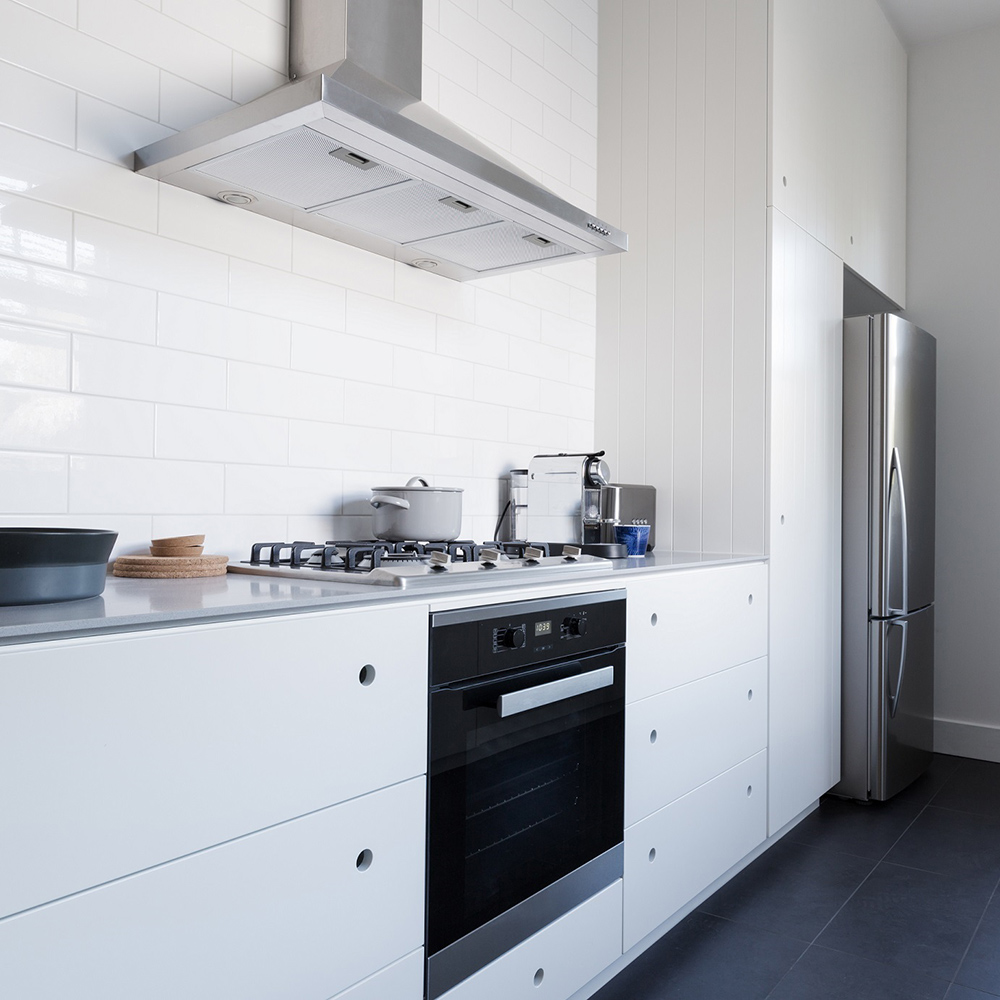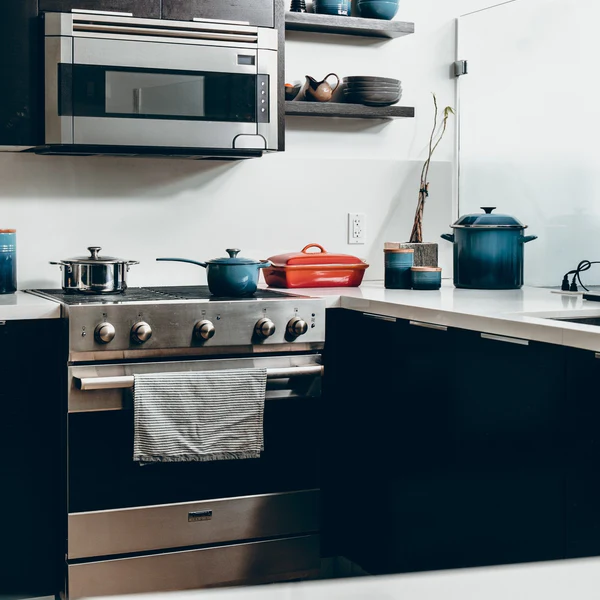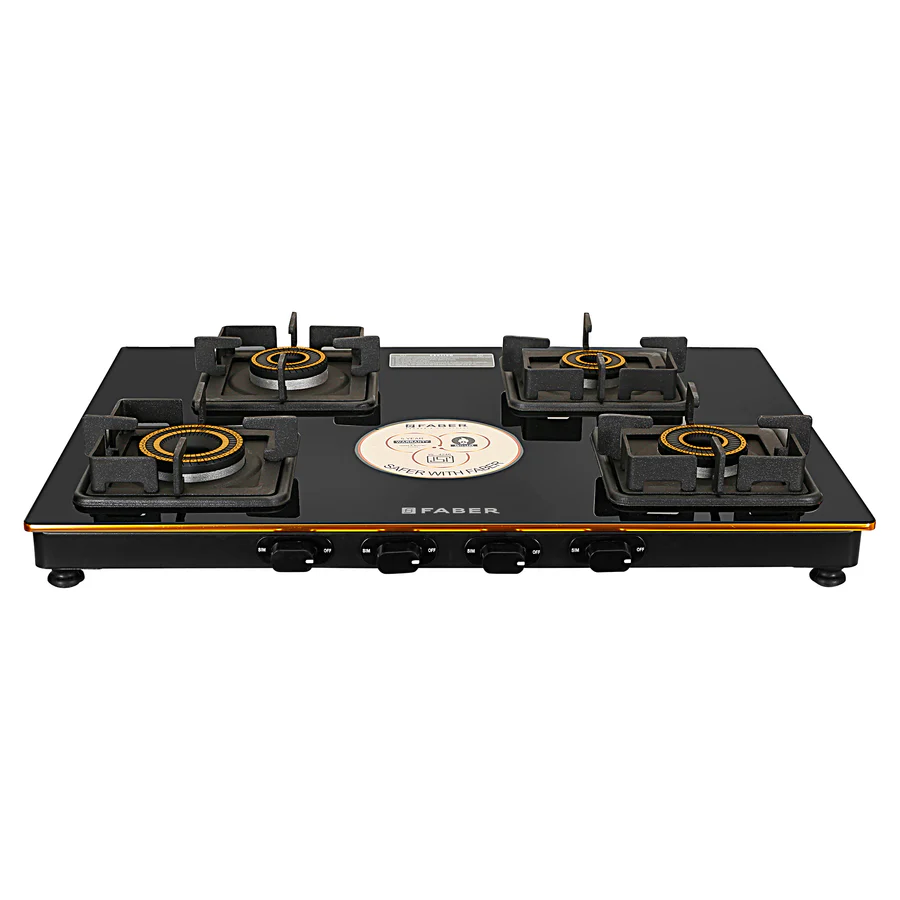The Best Way To Clean A Stove
I. Introduction

A. Importance of Maintaining a Clean Stovetop
Maintaining a clean stovetop is not only important for aesthetic reasons, but also for safety and functionality. A dirty stovetop can harbor germs and bacteria, making it an unsanitary surface for food preparation. Additionally, built-up grease and grime can become a fire hazard if not properly cleaned. Furthermore, a clean stovetop is more efficient and effective in cooking, as it allows for better heat distribution and prevents food from sticking to the surface.Knowing the best way to clean a stove is very important.
B. Overview of Cleaning Methods
There are several cleaning methods and techniques that can be used to effectively clean a stovetop. From natural DIY solutions to commercial cleaning products, there are various options to suit individual preferences and stovetop materials. In this blog post, we will explore the different cleaning supplies and preparations needed for maintaining a clean stovetop.
II. Cleaning Supplies and Preparations For Best Way To Clean A Stove
A. Essential Cleaning Supplies
Before embarking on the task of cleaning a stovetop, it is essential to gather the necessary cleaning supplies. The following are some essential items that are commonly used for stovetop cleaning:
- Dish soap or kitchen cleaner: A mild dish soap or kitchen cleaner is effective for removing grease and grime from the stovetop surface.
- Microfiber cloths or sponges: Microfiber cloths or sponges are gentle on the stovetop surface and help to lift and remove dirt and grease.
- Baking soda: Baking soda is a natural and effective abrasive cleaner that can be used to tackle stubborn stains and build-up on the stovetop.
- White vinegar: White vinegar is a natural disinfectant and can help to cut through grease and grime on the stovetop surface.
- Razor blade or scraper: A razor blade or scraper can be used to carefully remove tough, baked-on residues from the stovetop without scratching the surface.
- Stovetop cleaner: There are specific commercial cleaners available in the market that are designed for stovetop cleaning. These products are formulated to effectively remove tough stains and grease.
B. Preparing the Stovetop for Cleaning

Before diving into the cleaning process, it is important to properly prepare the stovetop for cleaning. Here are some steps to follow:
- Allow the stovetop to cool: Before cleaning, ensure that the stovetop has completely cooled down to prevent any risk of burns.
- Remove grates or burner caps: If applicable, remove the grates or burner caps from the stovetop to access the entire surface for cleaning.
- Soak removable parts: If the grates or burner caps are greasy or dirty, consider soaking them in hot, soapy water to loosen the grime before cleaning.
- Wipe away loose debris: Use a dry cloth or paper towel to wipe away any loose debris, crumbs, or food residues from the stovetop surface.
III. Cleaning Gas Stovetops For Best Way To Clean A Stove
A. Removing Grates and Burner Caps
To begin the cleaning process for a gas stovetop, it is essential to remove the grates and burner caps. These components can easily accumulate grease and food residues, so taking them off will make it easier to thoroughly clean the stovetop surface.
B. Cleaning Burner Grates
Once the grates and burner caps have been removed, it’s time to focus on cleaning the burner grates. These can become caked with food particles and grease, so a good scrubbing is necessary. Using a mixture of dish soap and hot water, allow the grates to soak for a while, and then use a brush or sponge to scrub away the grime. For tougher stains, a paste made from baking soda and water can be applied and left on for a few minutes before scrubbing.
C. Degreasing and Polishing
After thoroughly cleaning the grates, it’s important to degrease and polish the stovetop surface. White vinegar is a fantastic natural degreaser and can be applied to the stovetop surface and left for a few minutes before wiping clean with a damp cloth. Once the grease has been removed, a polish with a microfiber cloth can bring back the shine to the stovetop.
IV. Cleaning Electric Coil Stovetops
A. Safely Removing Coil Elements
When cleaning an electric coil stovetop, safety is a top priority. Always ensure the stovetop is turned off and has cooled down before attempting to remove the coil elements. Removing the elements will make it much easier to access the stovetop surface and clean thoroughly.
B. Wiping Down the Stovetop Surface
Once the coil elements are removed, it’s time to wipe down the stovetop surface. A mixture of dish soap and warm water can be used to clean the surface, ensuring all food residues and spills are wiped away. Be cautious not to let any moisture seep into the coils or electrical components while cleaning.
C. Maintenance of Electric Coil Components
In addition to cleaning the stovetop surface, it’s important to maintain the electric coil components. Check for any signs of wear or damage on the coils and replace them if necessary. Additionally, a thorough cleaning of the coil elements themselves can be beneficial. Once they are completely dry, reinstall them carefully and securely.
V. Caring for Glass Stovetops

Glass stovetops are a modern and sleek addition to any kitchen, but they require specific care and cleaning methods to keep them looking their best. Here are the steps to effectively care for and clean a glass stovetop:
A. Gentle Cleaning Methods
Glass stovetops can easily be scratched, so it’s important to use gentle cleaning methods. To start, ensure the stovetop has cooled down after use. Use a soft, damp cloth or sponge with a mild dish soap to wipe away any spills and food residues. Avoid using abrasive sponges or scrub brushes that can leave scratches on the glass surface.
B. Removing Stubborn Stains and Spills
For tougher stains and spills on a glass stovetop, a mixture of baking soda and water can be used as a gentle abrasive cleaner. Apply the paste to the stained areas and let it sit for a few minutes before gently scrubbing with a soft cloth or sponge. For particularly stubborn stains, a glass stovetop cleaner specifically designed for this purpose can also be used, following the manufacturer’s instructions carefully.
C. Polishing and Protecting the Glass Surface
Once the stovetop is clean, it’s time to polish and protect the glass surface. A clean, dry microfiber cloth can be used to buff the stovetop, leaving it sparkling and free from streaks. Additionally, to provide a protective layer, a specialized glass stovetop polish or a small amount of white vinegar can be applied and buffed onto the surface to maintain its shine and protect against future spills and stains.
VI. Ongoing Maintenance and Preventative Tips
A. Regular Cleaning Routines
Regular cleaning routines are crucial for maintaining a pristine stovetop. Establishing a schedule for cleaning will prevent dirt and grease from building up, making the cleaning process more manageable and effective. It is recommended to wipe down the stovetop after each use to remove any spills and prevent them from hardening. Additionally, a more thorough cleaning can be conducted once a week to ensure that the stovetop remains in top condition.
B. Preventing Buildup and Stains
Preventing buildup and stains on the stovetop can save time and effort in the long run. One preventative measure is to use pots and pans with flat and clean bottoms to avoid scratching the stovetop surface. Furthermore, using a splatter guard while cooking can prevent food from spilling onto the stovetop. It is also advisable to avoid using abrasive cleaning tools or harsh chemicals that could damage the stovetop. Furthermore, wiping down the stovetop immediately after spills occur can prevent them from hardening and becoming more difficult to clean.
C. Troubleshooting Common Cleaning Challenges
Despite regular maintenance, stovetops can encounter certain cleaning challenges. For instance, burnt-on food can be challenging to remove. In such cases, a poultice of baking soda and water can be applied to the affected area and left to sit before gently scrubbing the residue away. Additionally, stubborn grease and grime can be addressed by using a degreaser or white vinegar to break down the buildup before wiping it away. For particularly tough stains, a commercial stovetop cleaner formulated for the specific type of stovetop can be employed.
In conclusion, maintaining a clean stovetop is important for food safety, fire prevention, and appliance longevity. There are various cleaning methods available for keeping your stovetop clean, and choosing the right method depends on factors such as the type of stovetop and the level of dirt and grime present.
